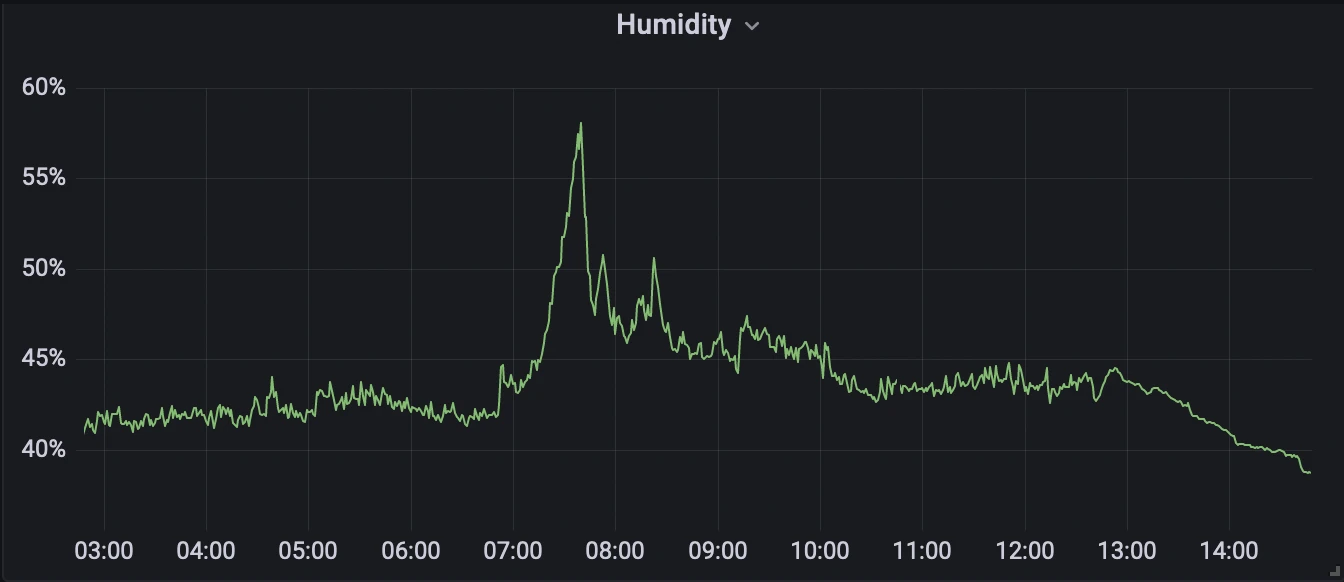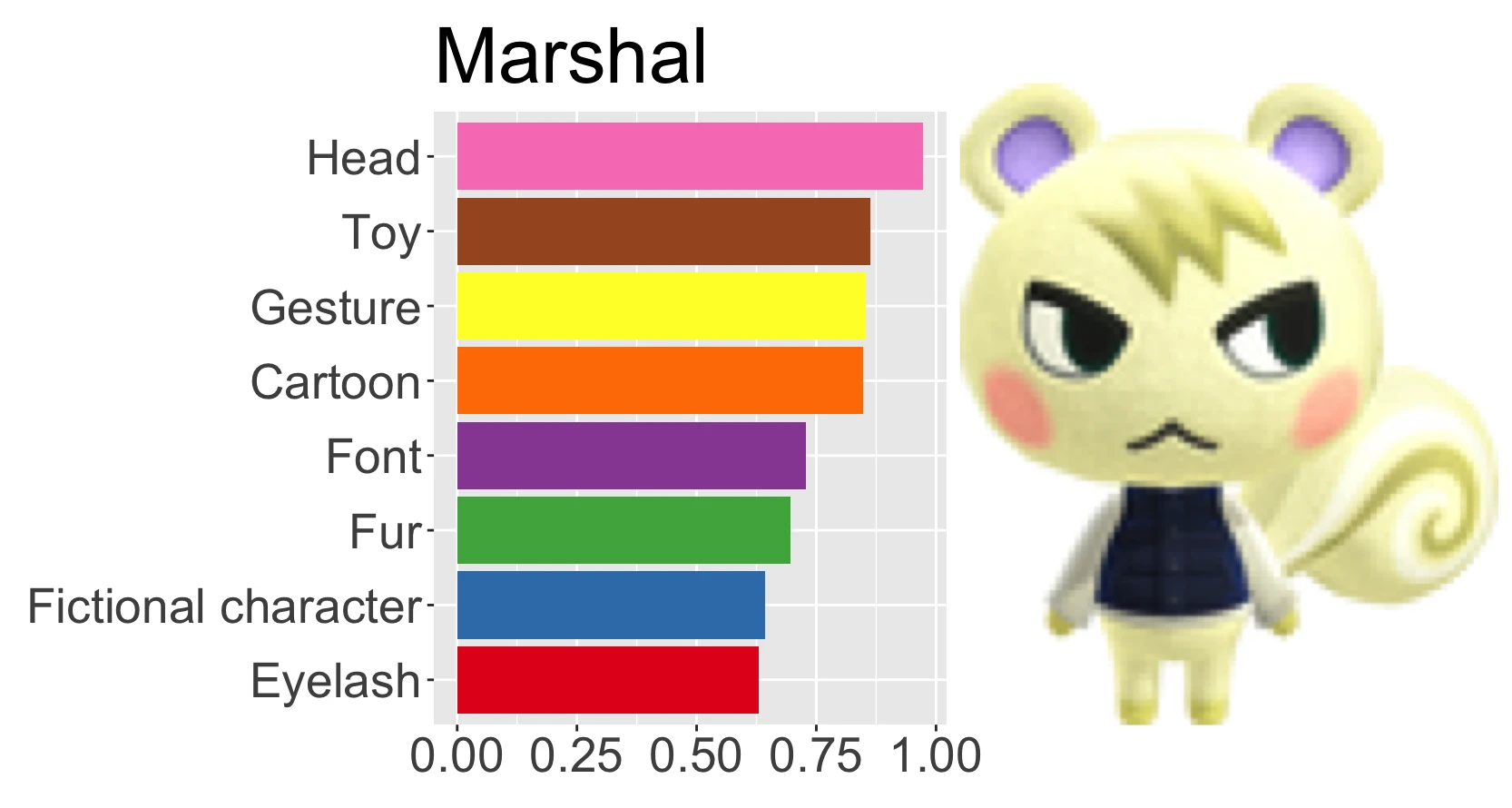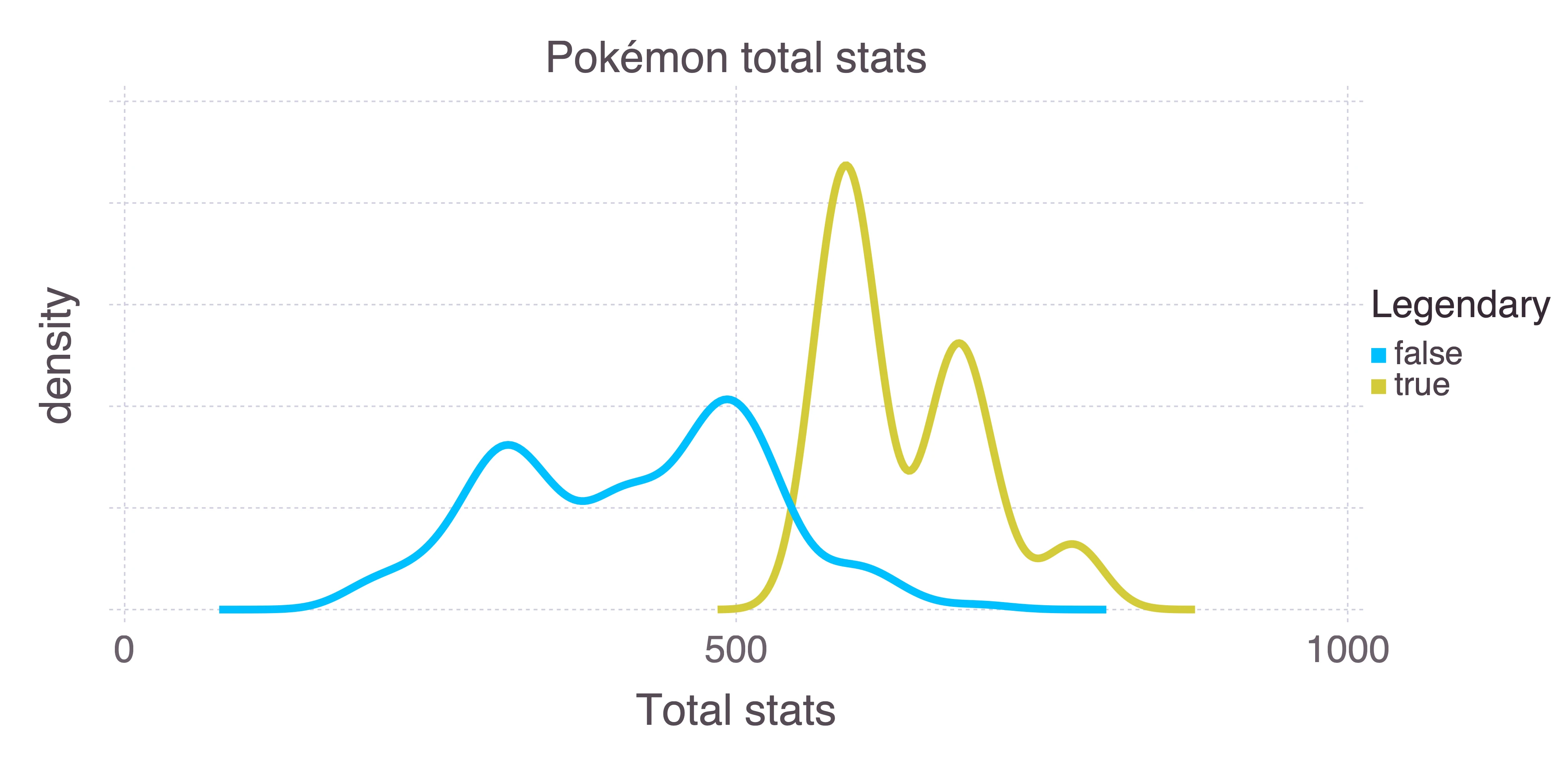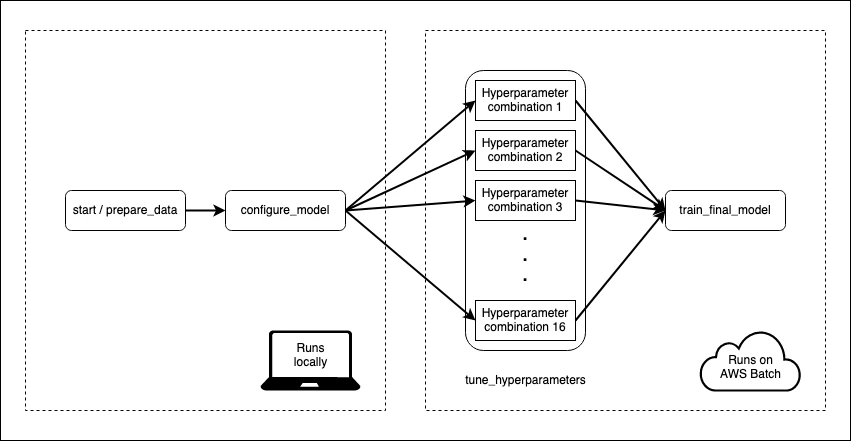I Tried to Improve how Metaflow Converts R to Python (and I Failed)
Metaflow is one of my favourite R packages. Actually, it's a Python module, but the R package provides a set of bindings for running R code through Metaflow. Recently I've spent a good amount of effort trying to improve the way that R dat...









